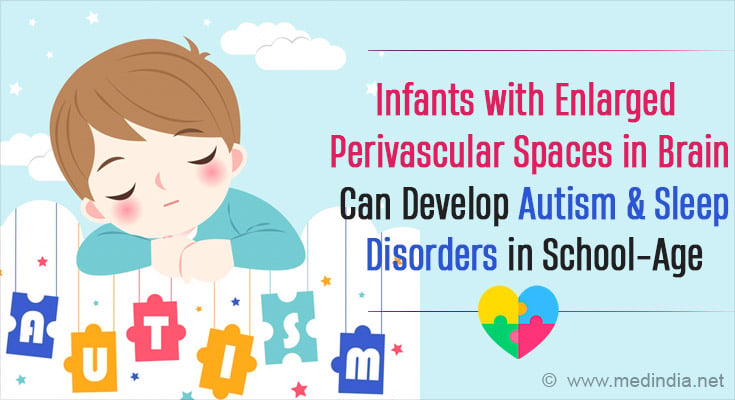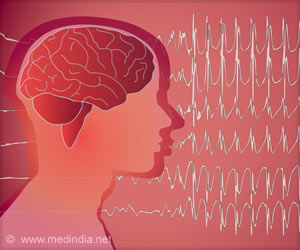- Infants with abnormally large perivascular spaces in the brain have 2.2 times increased risk of developing autism in later life
- Enlarged perivascular spaces disrupt the normal cerebrospinal fluid (CSF) circulation responsible for eliminating neurotoxins
- This may lead to cognitive decline, developmental impairments like autism, and sleeping disorders
Autism, also known as Autism Spectrum Disorder (ASD), is a complex neurodevelopmental condition disorder that affects a child’s social communication and behavior. Autism is commonly caused by environmental and genetic factors.
However, for the first time, researchers at the UNC School of Medicine’s Department of Psychiatry discovered that infants with abnormally large perivascular spaces had a higher likelihood of developing autism later in life (1✔ ✔Trusted Source
Enlarged Perivascular Spaces in Infancy and Autism Diagnosis, Cerebrospinal Fluid Volume, and Later Sleep Problems
).
The Dynamics of CSF and Sleep
Cerebrospinal fluid (CSF) circulates in the brain tissue through a network of perivascular spaces (PVS), known as the glymphatic system, distributing growth factors and removing neural waste to maintain brain homeostasis.
Advertisement
The brain expels a wave of CSF, every six hours that flows through perivascular spaces to eliminate potentially harmful neuroinflammatory proteins, such as amyloid beta, accumulating in the brain.
The CSF cleansing process is most efficient during sleep, as the majority of CSF circulation and clearance occurs during that time. A disruption to this vital process can lead to neurological dysfunction, cognitive decline, or developmental delays.
Previously, measuring perivascular spaces was only considered clinically relevant in aging disorders, such as dementia. The new research suggests that younger populations may need to be considered and monitored for brain abnormalities.
Tracing Autism Root Cause to CSF Abnormalities
The researchers studied infants with an increased risk of developing autism, for instance, if they had an older autistic sibling. They followed these infants from 6-24 months of age, before the age of autism diagnosis.
MRIs were analyzed from babies during natural sleep at six, 12, and 24 months of age to observe changes over time.
Advertisement
The study results revealed that about 30% percent of infants who later developed autism had enlarged perivascular spaces by 12 months. By 24 months of age, nearly half of the infants diagnosed with autism had enlarged perivascular spaces.
Additionally, infants with abnormally enlarged perivascular spaces have a 2.2 times greater chance of developing autism compared to infants with the same genetic risk.
Advertisement
CSF abnormalities in infancy can be linked to later sleep problems. The sleep analysis revealed that children who had enlarged perivascular spaces at two years of age had increased rates of sleep disturbances at school age.
In summary, CSF abnormalities in early infancy could have cascading effects on later autism diagnosis, sleep problems, and other developmental disabilities.
Reference:
- Enlarged Perivascular Spaces in Infancy and Autism Diagnosis, Cerebrospinal Fluid Volume, and Later Sleep Problems – (https://jamanetwork.com/journals/jamanetworkopen/fullarticle/2813019)
Source-Medindia



